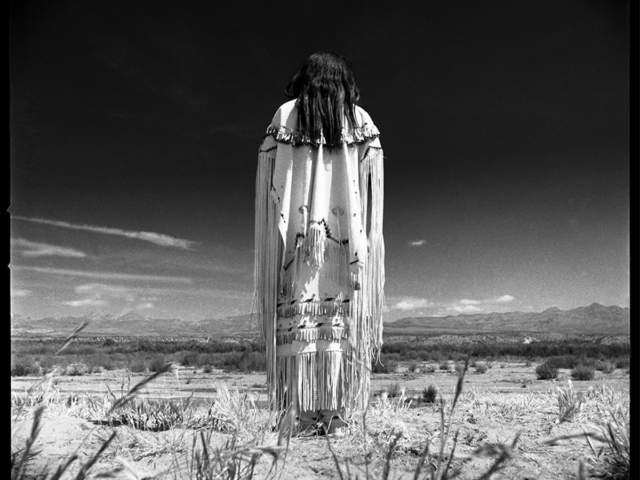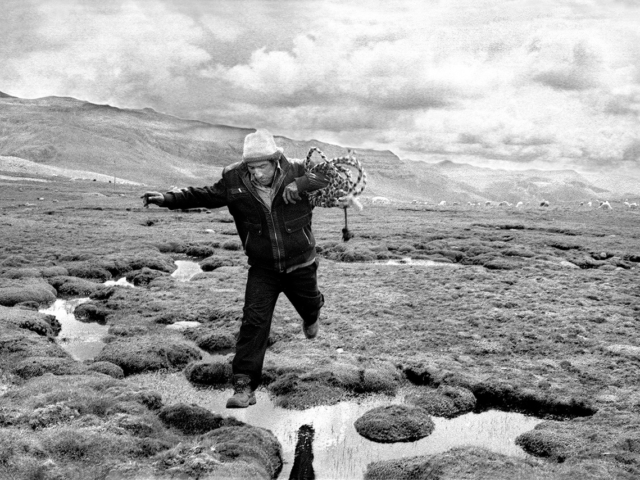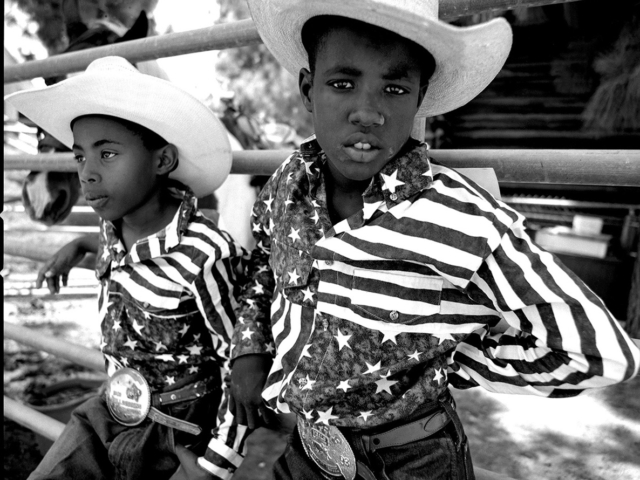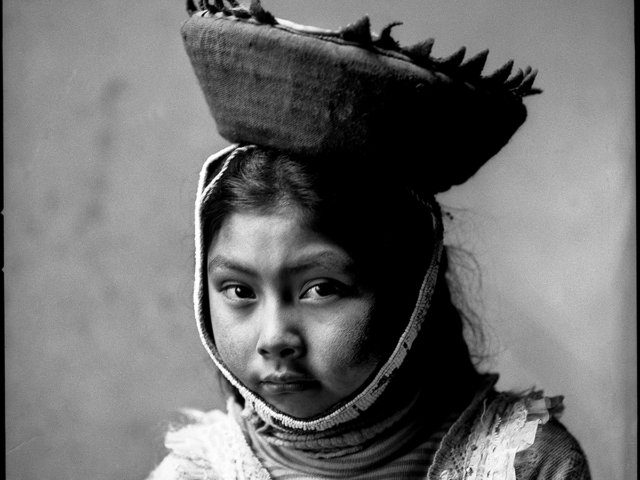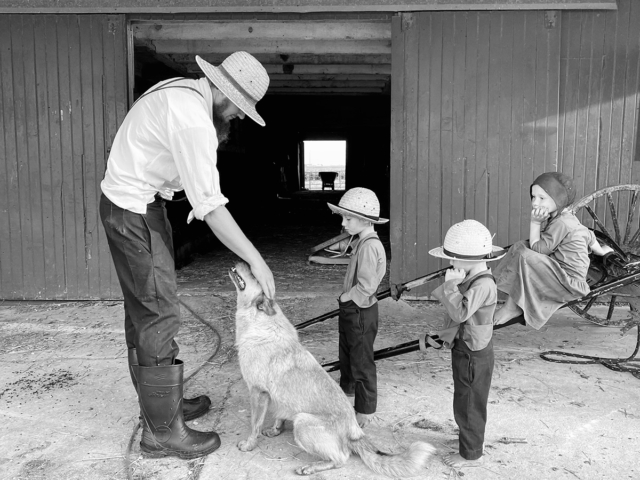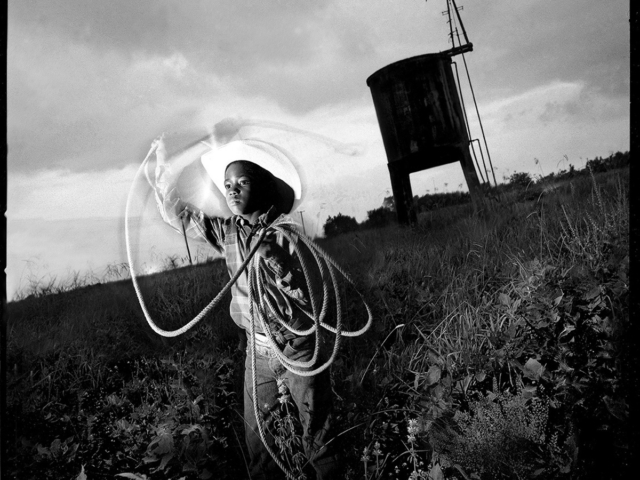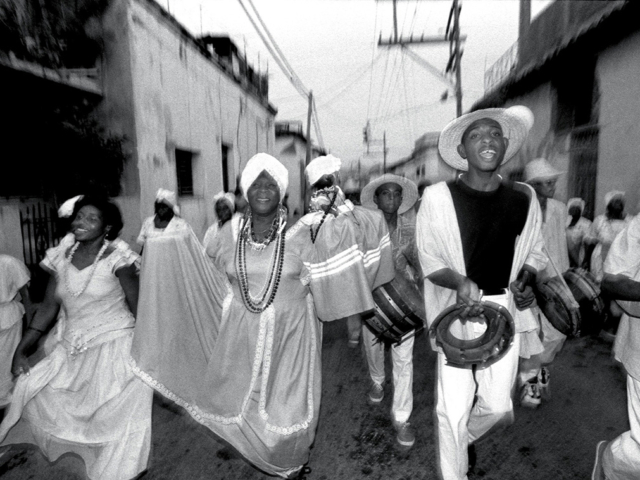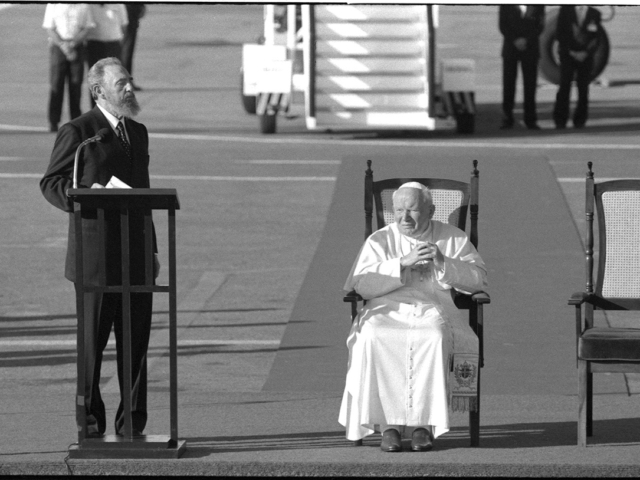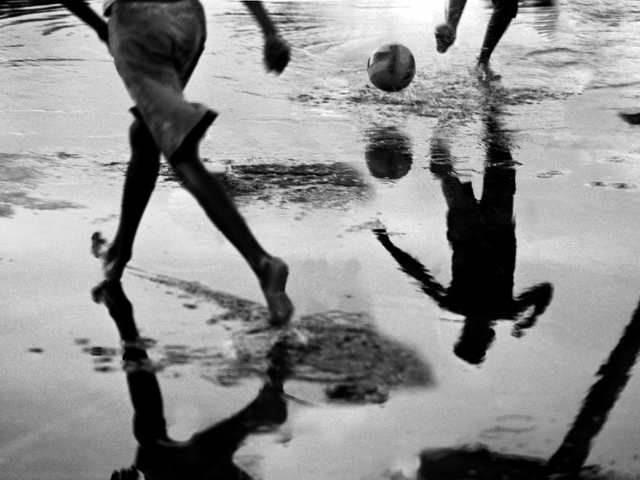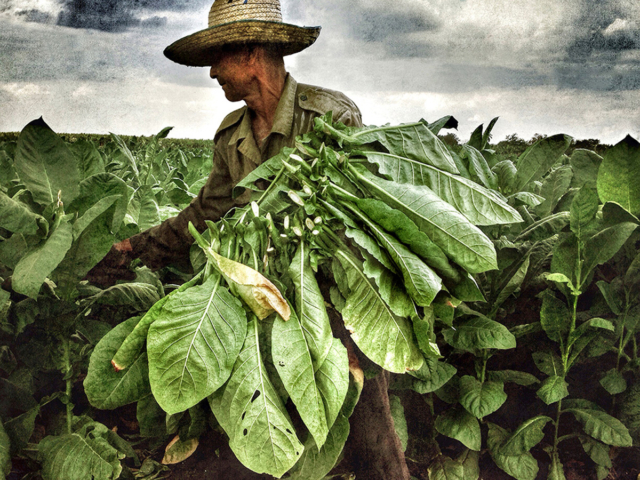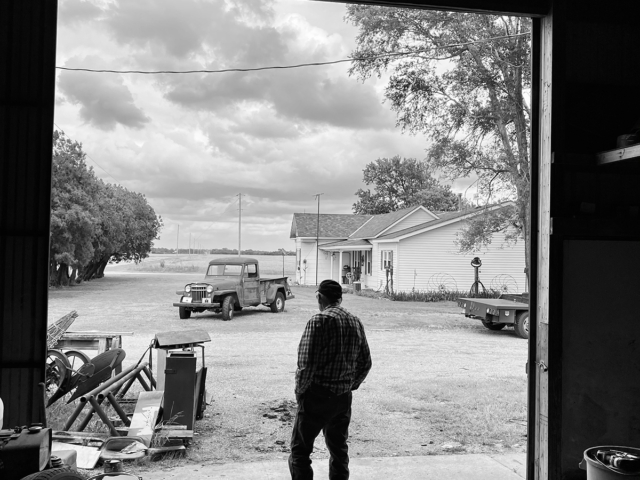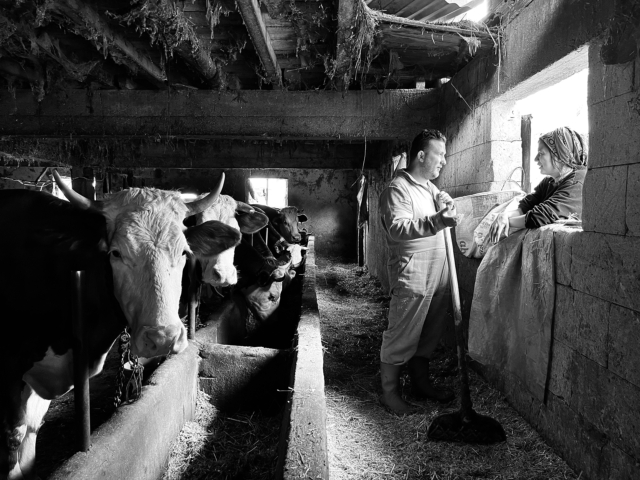Manuello Paganelli
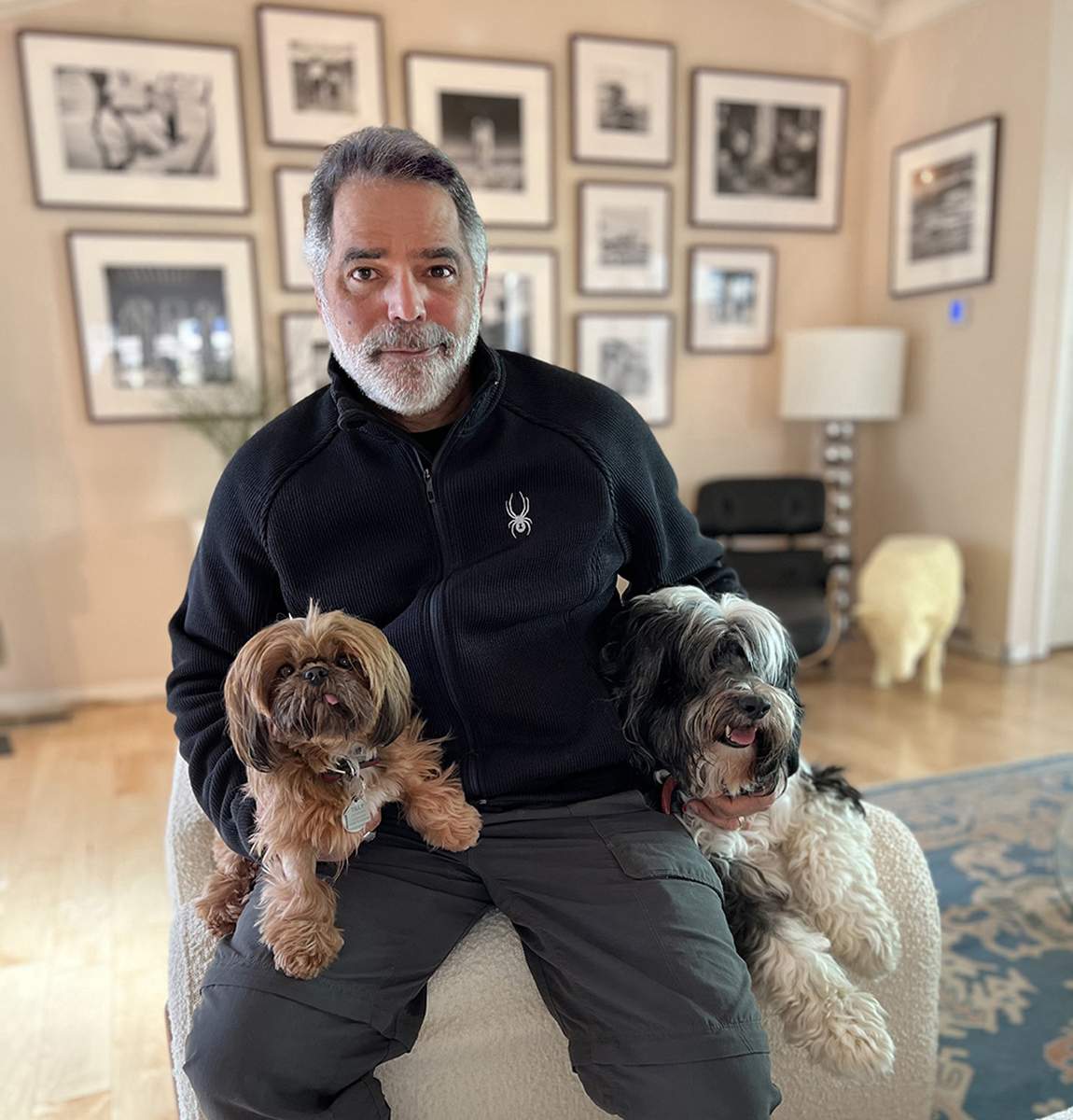
About
Manuello Paganelli (www.manuellopaganelli.com) Manuello Paganelli grew up in Santo Domingo, Italy and Puerto Rico. After a mentorship with Ansel Adams, he worked as a photojournalist at the Chattanooga Times. In 1989, he began to explore Cuba, its land, its people, and its complex relationship with the USA. In 1995, he had his first solo photo show of his work on Cuba and that same year earned him a fellowship grant. The Washington Post wrote “Manuello Paganelli’s Cuban photographs are a brilliant window on a land and people too long hidden from North American eyes. Working in the tradition of Cartier-Bresson and Robert Frank, Paganelli brings an artist’s eyes and a native son’s sensibility to his superb photographs.” In the early 1990s, he started work on his Black Cowboys series with a selection being featured at the Annenberg Space for Photography. In the summer of 2012, this same series was selected for the Photo Vernissage at the Manage Museum in St. Petersburg, Russia. His award-winning work has graced the covers and pages of many well-known magazines including Bloomberg Business Week, Forbes, LIFE, Newsweek, Men’s Journal, People, Time, Reader’s Digest, ESPN, Sports Illustrated and many more. His fine arts work is represented by the iconic Weston Gallery in Carmel-By-The-Sea and Obscura Gallery in Santa Fe, NM. He lives in Carmel and in Los Angeles.
Gallery
LACP Interviews Manuello Paganelli
LACP asks Manuello Paganelli ten questions about his background, career in and beliefs about photography.
Los Angeles Center of Photography: What kind of photographer are you?
Manuello Paganelli: I don’t try to label myself, but from the very start street photography and photojournalism were what I really experienced and enjoyed. From there I grew and started doing portraits, long terms documentaries, traveling the world and black & white fine art.
LACP: How long have you been shooting?
MP: I started right after college when I decided not to become a medical doctor in 1982.
LACP: Where did you get your training?
MP: I am self taught and was quite fortunate when the Chattanooga Times, in Tennessee, hired me with no experience at all to work for them for a summer. At the end of the summer they loved the kind of photos I was producing for the paper and how I was able to capture the moment so they hired me full time.
LACP: When did you know you wanted to devote your life to photography?
MP: Probably while I was working at the Chattanooga Times. Before that photography was very foreign to me.
LACP: Did you ever come close to giving up?
MP: That was never in me nor did I grow up thinking that way. In fact at the newspaper, Mr. Baker, who was the director of photography, and who was an old man and ready to retire, didn’t want me there that summer. I don’t blame him since I didn’t have any photo experience at all, especially as a reportage photographer. A few months after I was working there full time I took a photo of which I was very proud, which became the lead image for page A1.
So being young I showed it to the old director of photography, more for his approval, hoping that he would say something like. I didn’t have faith in you a few months back but now you have come a long way. Instead he said, “What you are doing is nothing special. I can go out to the street and grab anybody and they will be shooting as good as you.” It was hard to hear, but I didn’t held that against him for I also learned from him. So being the way I am with a resilient mind set, that was motivation to push me forward and let my images do the talking.
LACP: Have you sacrificed anything by being a photographer?
MP: That would be my first marriage. Once I knew that photography was in my heart I devoted 200% of my time to my new art and neglected my personal life.
LACP: What have you gained by being a photographer?
MP: My wonderful photography career has given me a front row seat to meet, spend time and photograph many well known people who have made a significant contribution to our society and the protection of our planet and our lives … including politicians, educators, scientists, social workers and artists.
I have been able to travel to many corners of the world and learn about other cultures, ideologies and people. By seeing things first hand and traveling to other nations, I have gained a much better understanding of what is different between them and us…and to me it’s the best form of communication. It has allowed me to comprehend and respect our differences and move forward in a positive alliance with what we have in common.
LACP: What classes do you teach at LACP?
MP: In the past I had taught a few classes from shooting for magazines, to the business aspect, protection and value of the copyright of our creations. I have known Julia Dean since I moved to LA back in 2001. Collaborating with her and LACP has always been a fun, positive and very productive experience.
LACP: What do you love most about teaching?
MP: As self taught person, and long before the web and digital world tutorials, there were not many ways to learn or get advice without signing up for a photo class. After 5 years of college studying math, sciences, religion and philosophy, the last thing I wanted to do was go back to college to study anything at all. A week or two after getting my very first camera, an A1 Canon, I read an article by Ansel Adams in a magazine called Darkroom. I fell in love with his powerful images and the fact that he was a trained pianist and his family wanted for him to continued with his musical career instead of photography. At that moment I too was at a crossroads and the next thing I did was pick up the phone and dial 411 (for the younger generation, 411 was “information”) and they gave me his phone number.
I called him and we spoke for almost an hour. After that, there were many more phone conversations. Ansel became my friend and mentor until he passed away in 1984. So sharing my experience & the many things I have learned as a working photographer is a blessing. At the conclusion of any of my photo workshops I also walk out with new useful learning that will make me grow more as an artist.
LACP: What advice would you give someone who is thinking about making a career in photography?
MP: Much has changed from my early photo days and it keeps evolving fast. But one thing remains the same and that is to keep on shooting and reminding yourself that it doesn’t matter if you make it or not. Always find ways to evolve, learn and discover. Also get out of your normal zone and develop, create and execute intimate personal projects.
While having fun, play with new lighting, styles, settings and composition. Learn a new marketing or business plan to make your partnership with clients a win/win situation. Also get down and dirty with photoshop. Today it would be very difficult making a living as a photographer without the knowledge of photoshop.
Use those social media opportunities for promoting your work and networking. If your work speaks well you will find the right doors opening or the right art buyers will find you.
It’s not easy but most things are possible. So never give up, and continue to have faith in your talent without letting other folks ruin it. And keep on shooting and shooting and after that shoot more and stay grounded and don’t forget where you came from. Stay loyal to those folks who help you get there.
